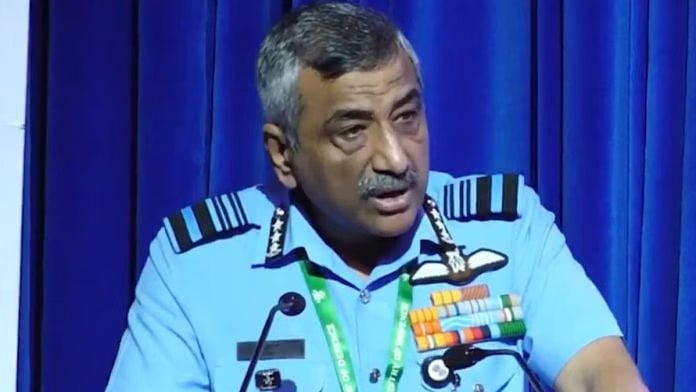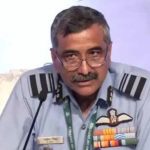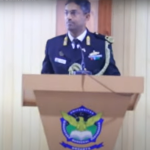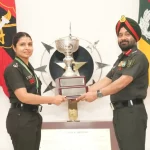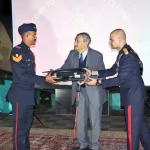At the CNN-News18 Defence Townhall and as reported by IDRW held, Air Marshal Ashutosh Dixit, Chief of Integrated Defence Staff (CISC), firmly dismissed the idea that the era of fighter jets is ending. When asked if manned combat aircraft are becoming obsolete, he replied, “I don’t think so,” adding that fighter jets will remain relevant for at least the next century.
While asserting the enduring value of manned aircraft, Dixit said the future of aerial warfare lies in Manned-Unmanned Teaming (MUMT). This model envisions piloted aircraft working alongside autonomous drones, enabling better battlefield awareness, survivability, and precision in combat operations. His remarks come at a time of renewed focus on India’s air defence strategy following Operation Sindoor, during which the Indian Air Force conducted coordinated strikes on Pakistani military targets.
Globally, the future of fighter aviation has been under debate, with rapid advancements in artificial intelligence, drone warfare, and sixth-generation combat programs. Efforts like the U.S. Next Generation Air Dominance (NGAD) and Europe’s Future Combat Air System (FCAS) emphasize teaming manned aircraft with loyal wingman drones. Many believe unmanned platforms could eventually replace manned jets due to their lower cost and ability to operate in high-threat zones. China and Russia have already begun fielding advanced stealth drones and experimenting with unmanned variants of existing platforms.
Dixit, however, stressed that manned fighter jets provide unmatched operational flexibility, proven reliability, and human decision-making in complex scenarios. He pointed out that manned platforms continue to play a vital role in deterrence, close air support, and deep-strike missions, as seen during recent IAF operations. He said unmanned systems are not yet capable of handling the real-time decision-making, cybersecurity risks, and communication challenges faced in high-stakes air combat.
He underlined that while fully autonomous fighters remain a distant goal, MUMT will be the dominant shift in the near term. Integrating drones with manned platforms enables seamless sensor fusion, shared mission tasks, and force multiplication—improving combat effectiveness and lowering risk to human life. India’s efforts in this space include projects like HAL’s CATS Warrior, developed in partnership with NewSpace Research and Technologies, which will complement future Indian fighter aircraft like the AMCA.
Air Marshal Dixit’s comments reflect a balanced view of evolving air power—one that embraces innovation while reaffirming the lasting utility of human-operated jets. As the IAF modernizes its fleet and doctrines, MUMT is likely to define India’s path forward in securing air dominance for the next generation.

